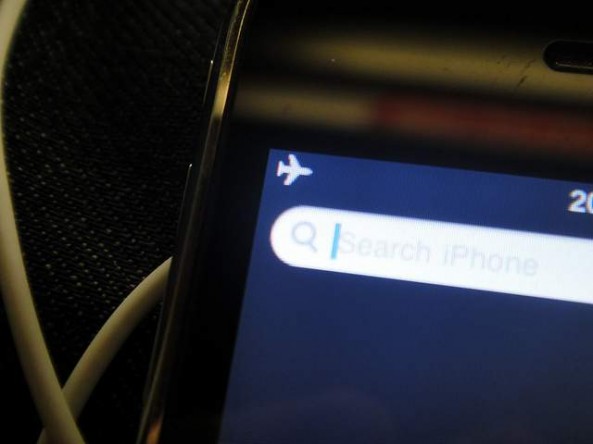Surely smartphones and tablets emit radio waves of some kind that could potentially interfere with the pilot’s instruments? As it turns out, there’s no proven reason that you have to turn your iPhone and iPad off during take-off. In fact, the FAA doesn’t even really know why it has the rule in place.
In the history of the American airline industry, not one crash has been attributed to the use of technology by passengers on a plane. If iPhones, iPads, Kindles, and Nintendo DSs could in fact crash a Boeing 737, you’d think that the Transportation Security Administration wouldn’t allow these devices to make it onto planes in the first place. Perhaps they realize that no one would fly at all if phones and computers were not allowed on flights.
In a statement provided to The New York Times, the FAA explained why its rule on turning electronics off is still in place:
“There was no evidence saying these devices can’t interfere with a plane, and there was no evidence saying that they can.”Yeah. That’s the answer. You have to turn electronic devices off because there’s no proof that you should be able to leave electronic devices on.
If the caution is a matter of radio signals, then why not permit passengers to put their iPhones into Airplane Mode? That’s what the setting is there for, right?
The New York Times has concluded that the FAA is probably making things worse with its current policy:
The government might be causing more unnecessary interference on planes by asking people to shut their devices down for take-off and landing and then giving them permission to restart all at the same time. According to electrical engineers, when the electronic device starts, electric current passes through every part of the gadget, including GPS, Wi-Fi, cellular radio and microprocessor.Bottom line: you should be able to use your iPhone in Airplane Mode before you reach 10,000 feet. There’s no proof that you shouldn’t.


0 comments:
Post a Comment